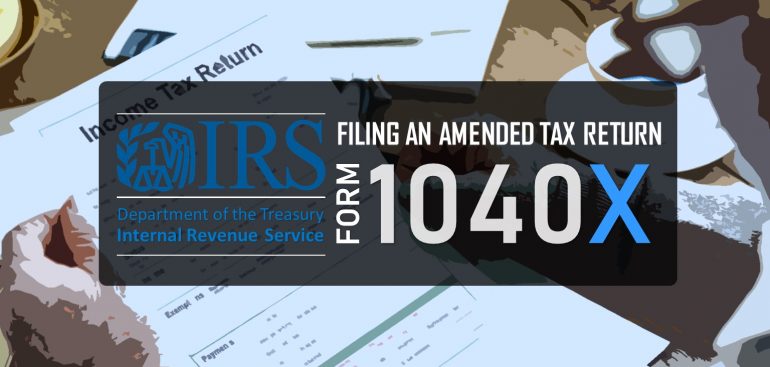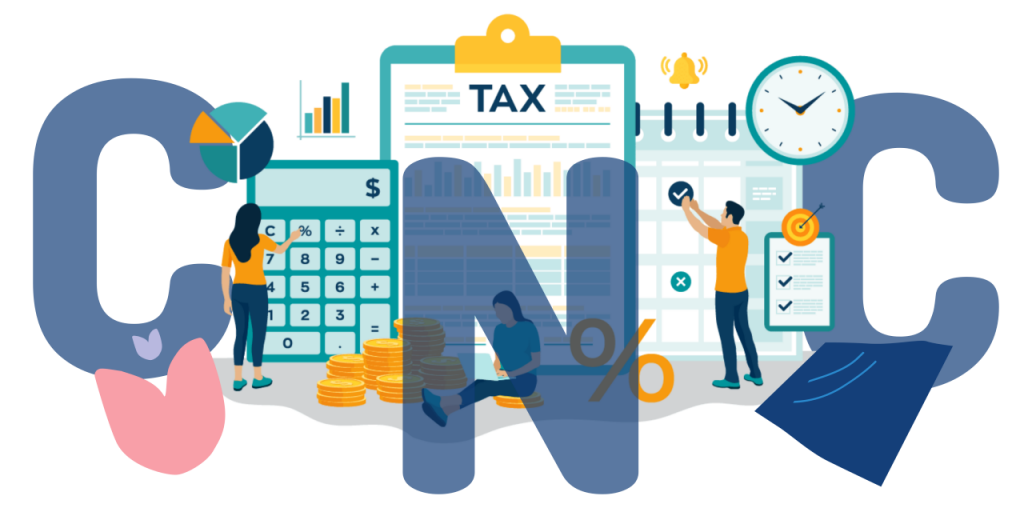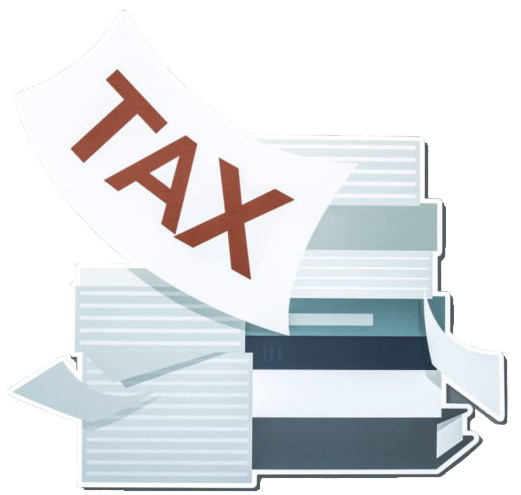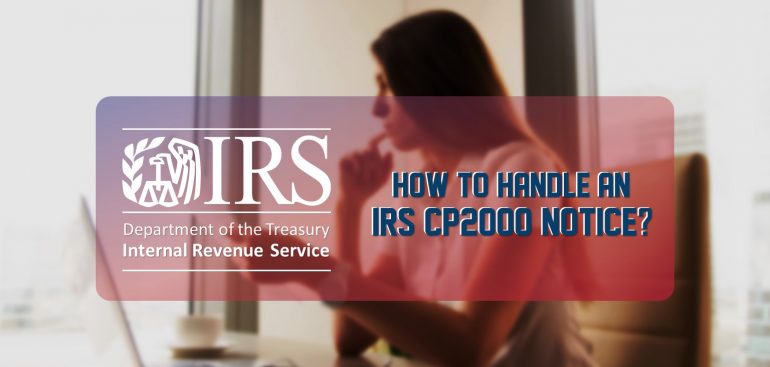Filing federal and state income taxes is not as simple as you would believe. It’s all too easy to make minor errors on a tax return, such as reporting income incorrectly. Here’s what to do for filing an amended tax return and the steps you need to take.
What is an Amended Tax Return?
An amended tax return is a form provided by the IRS for making changes to a prior year’s tax return. An amended return can be used for a variety of purposes, including correcting errors and requesting a refund. Depending on the sort of inaccuracy you report, amended returns might either boost or decrease your refund. Correcting misreported earnings or tax credits is an example of an amended return. Keep in mind that when attempting to fix mathematical errors, an amended return is not required; the IRS will automatically correct any mathematical inaccuracies.
How it Works?
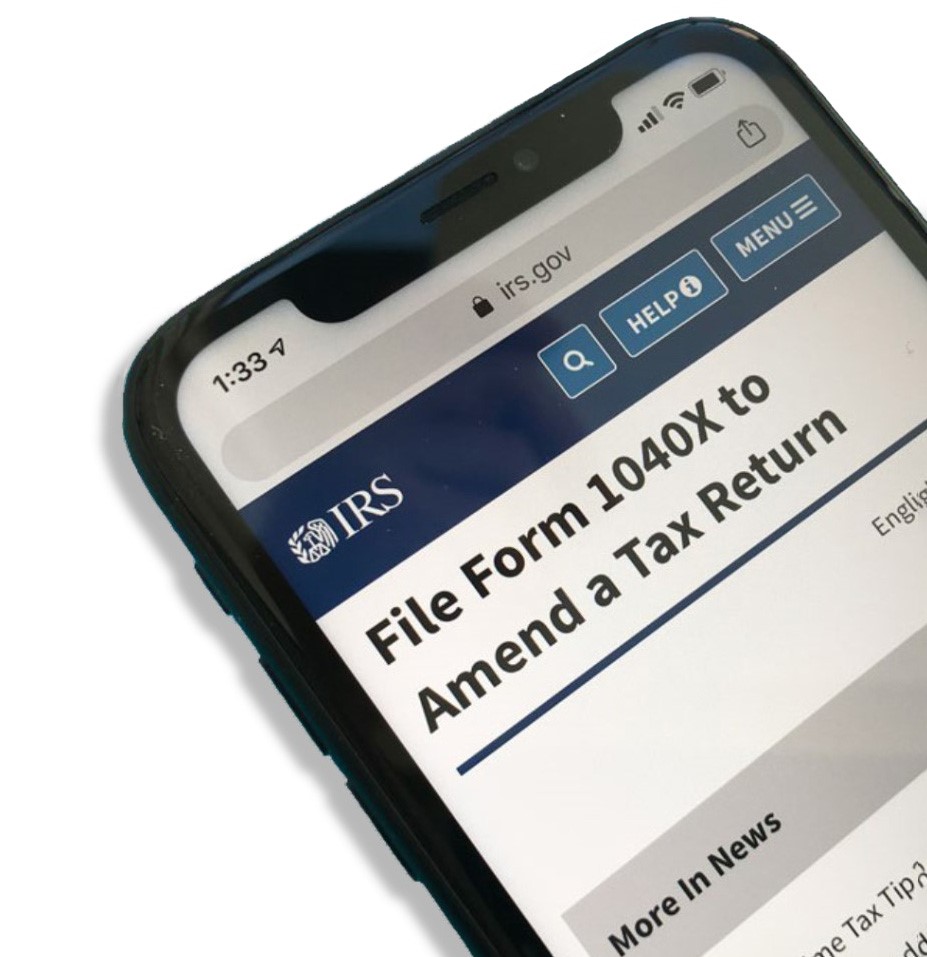
Every taxpayer is obligated to file their taxes for the preceding year on an annual basis. A taxpayer may discover after filing their taxes that they made a mistake on their tax return and that it has already been accepted. The Internal Revenue Service (IRS) has offered these taxpayers an alternative in this situation. Form 1040 is used to file a regular tax return; however, Form 1040X, which may be found on the IRS website, is used to file an updated return.
As previously stated, mathematical errors are not noted on amended tax returns because the IRS corrects them. After correcting the mathematical inaccuracies, the IRS will simply modify your tax liability and refund proportionately. A letter will be sent to an individual requesting any missing forms or documents in their return.
Reasons to File an Amended Return:
The reasons why a taxpayer should file an amended tax return are as follows:
- If your filing status for the tax year changed or was entered improperly. For example, if a married couple filed jointly then divorced on the last day of the tax year, they must amend their return and file as either head of household or single.
- You may amend your return if you recorded the incorrect number of dependents on your return. If you need to add extra dependents, you can file an amended return.
- You may amend your return if you misreported any claimed tax deductions or credits, or if you did not claim them at all.
- You may file an amended return for additional income if the income you stated on your tax return for the year was incorrect, or if you get additional tax documents such as a Form 1099 after the tax deadline.
- If you discover that the tax you paid is less than what you owe, you can file an amended return. You will avoid any IRS penalties as a result of this.
Filing an Amended Tax Return:
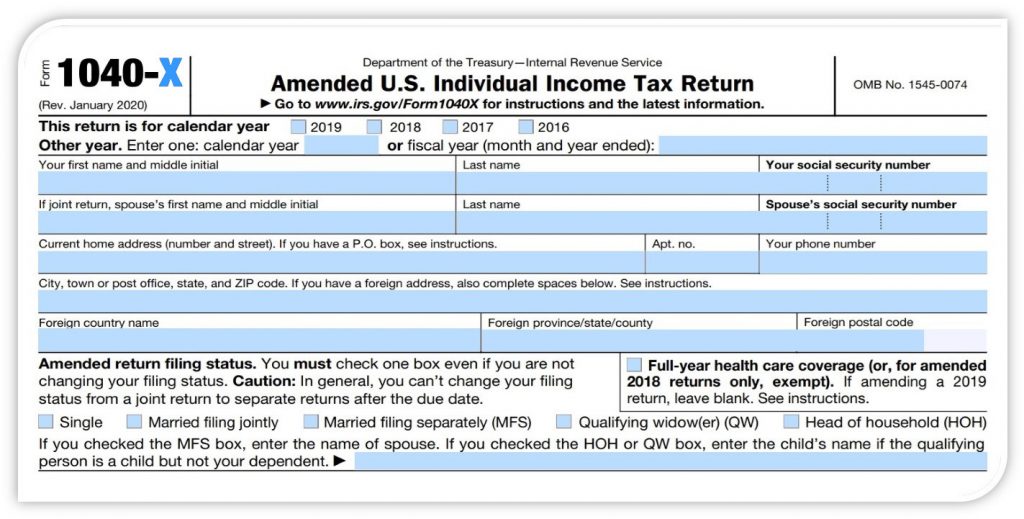
Form 1040X is more difficult to file on your own since it requires you to list all and any changes made to the return, even changes made by the IRS to your original return after it has been processed. The original amount is reported in Column A, the net difference between Column A and Column C is reported in Column B, and the corrected amount is reported in Column C. Many questions and lines on Form 1040X require accurate information, as well as an explanation of the adjustments being made. For the average taxpayer, all of this is difficult and time-consuming, which is why we recommend contacting a Tax Preparer or a Miami Tax Accountant who can guide you through the process and do your taxes for you.
When mailing your amended return to the IRS, it is recommended that you include specific documents. To avoid IRS audits, attach documentation that clearly proves and justifies the adjustment you’re making on your return.
This form cannot be e-filed since it is mailed directly to an IRS agent for processing and acceptance of the return. This implies it could take up to 3 weeks for it to appear in the IRS system after you mail it. Processing the return can take up to 16 weeks after that. On the IRS website, you can check the progress of your amended tax return.
Contact SDG Accountant for assistance with amended returns, and our tax preparers and bookkeepers will file your return for you as soon as possible.

